Childhood is a time of wonder, curiosity, and exploration. But for some kids, it can also be a time of worry and anxiety that prevents them from developing naturally. Anxiety in children is a common issue that both the child and caregivers must deal with. It is essential for parents to be aware of the symptoms of anxiety and to offer the right kind of support to their children. In this article, we explore techniques and advice for reducing childhood anxiety, promoting mental well-being, and building a resilient mindset.
Alongside joy, exploration, and growth; uncertainty, fear, and anxiety are also woven into one’s childhood. Even when it is normal for kids to worry from time to time, ongoing stress can have a negative impact on their daily lives. Parents and caregivers are crucial in recognizing, understanding, and managing these worries since they are the guardians of their children’s emotional landscapes. With the right advice and insights, this article serves as a guiding light for parents as they deal with the complex world of childhood anxiety. By creating a safe atmosphere with the appropriate resources and knowledge, parents can help their kids to face their fears and create a stable emotional foundation.
1. Understanding Childhood Anxiety
a. Recognizing the Signs
Children’s anxiety may show up in a variety of ways, including excessive worry, physical symptoms, sleep problems, and behavioral abnormalities.
b. Types of Childhood Anxiety
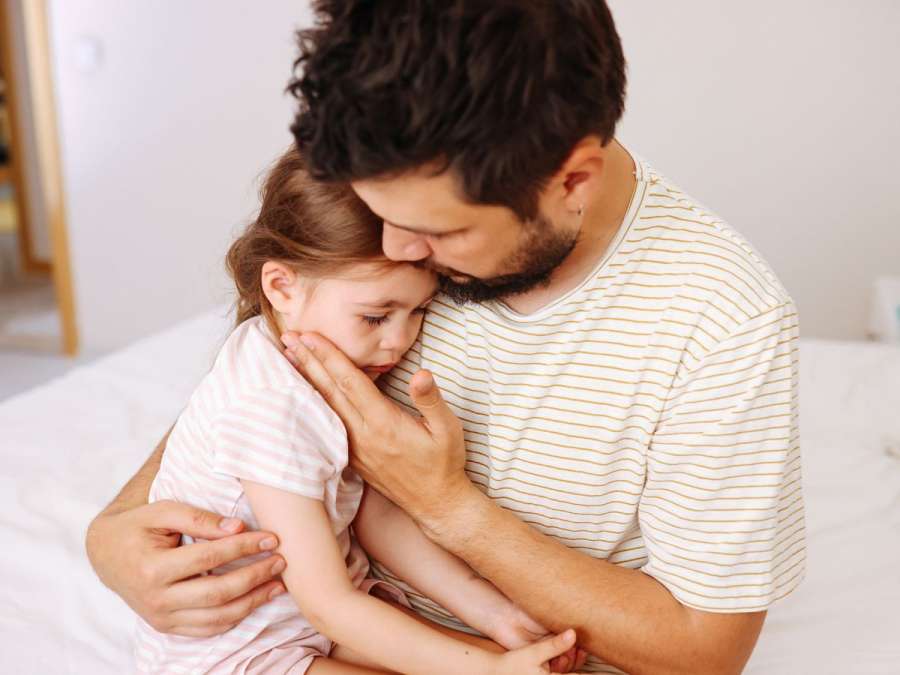
Common types of childhood anxiety include generalized anxiety disorder, separation anxiety, social anxiety, and specific phobias.
c. Triggers and Causes
A variety of causes, including genetics, environmental pressures, traumatic events, and family relationships, can bring on childhood trauma.
2. Building a Supportive Environment
a. Create an open communication atmosphere
Create a space where your child feels comfortable discussing their feelings and fears.
b. Validation and Empathy
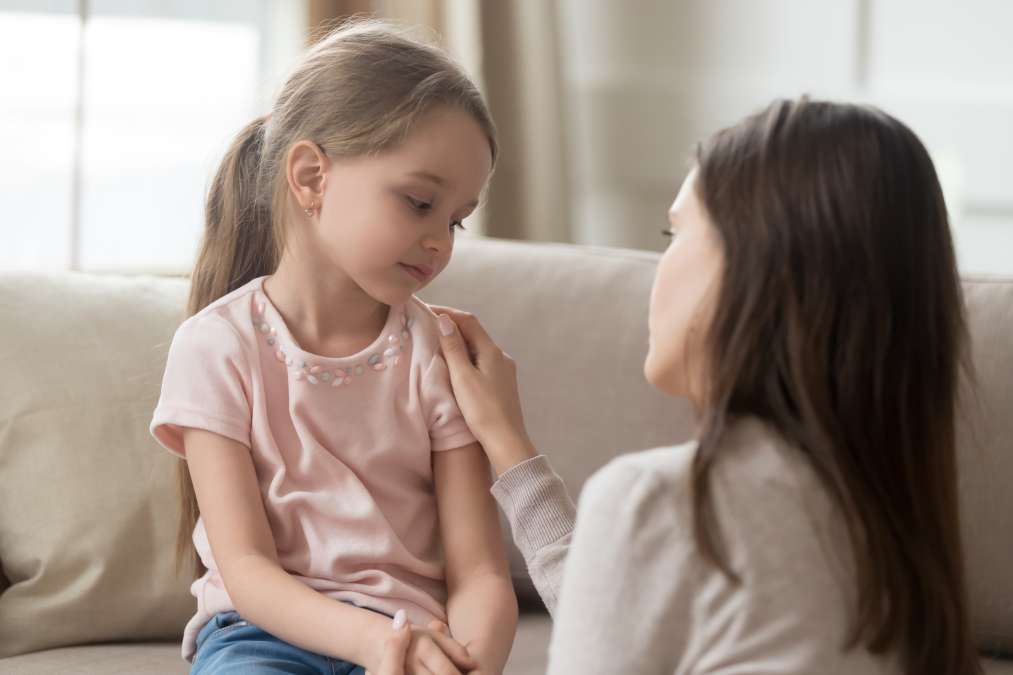
Acknowledge your child’s emotions and reassure them that their feelings are normal. Show empathy and understanding without minimizing their concerns.
c. Creating a Safe Space
Build a safe and nurturing environment where your child feels secure. This includes both physical spaces and emotional connections.
3. Effective Strategies for Addressing Anxiety
a. Mindfulness and Relaxation Techniques
One way to support your child in managing anxiety symptoms is by teaching them mindfulness techniques, like deep breathing and muscle relaxation. These methods can help them cope with their anxiety effectively.
b. Positive Self-Talk
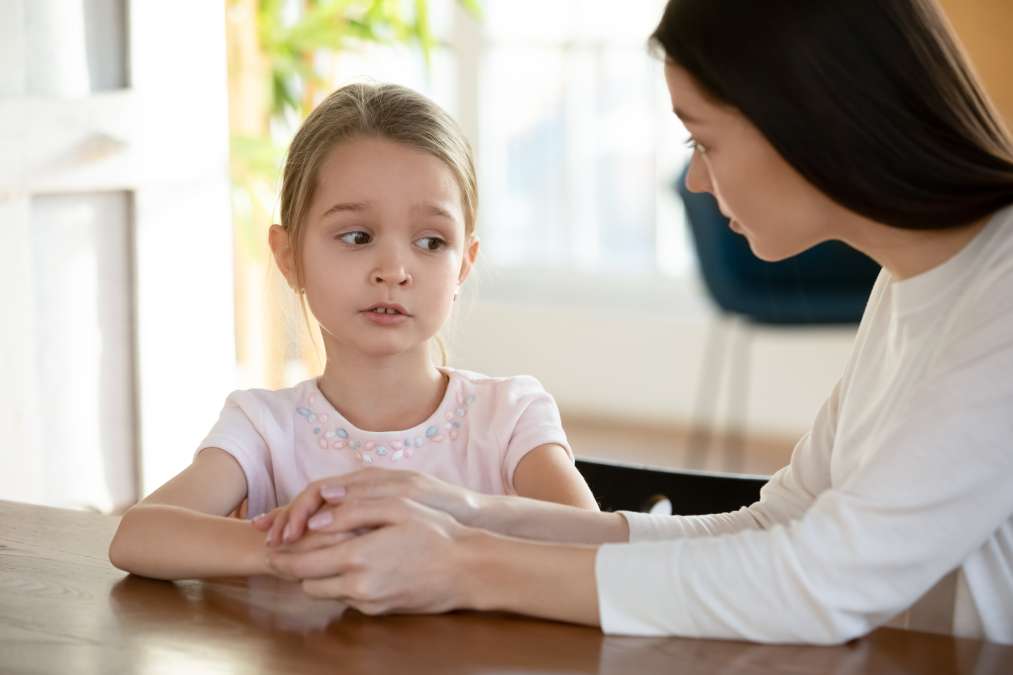
Help your child challenge negative thoughts and replace them with positive affirmations. Encourage them to practice self-compassion.
c. Facing Fears Gradually
Use a gradual exposure approach to help your child face their fears in a controlled and supportive manner.
4. Creating Predictable Routines
a. Establishing Consistency
Routines provide a sense of predictability, which can be comforting for anxious children. Stick to regular sleep, meal, and activity schedules.
b. Transition Strategies
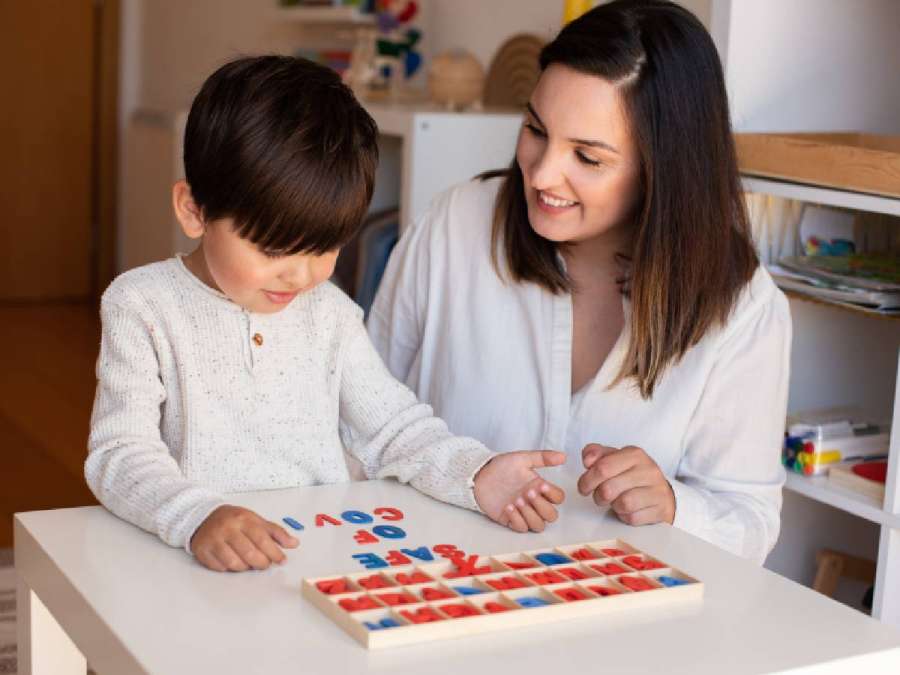
Use transition strategies like visual schedules, countdowns, or verbal cues to help your child prepare for changes in their routine.
c. Incorporating Relaxation Times
Include relaxation breaks into your child’s routine. These moments can help them rest enough and manage anxiety throughout the day.
5. Encouraging Social and Emotional Development
a. Socialization Opportunities
Expose your child to social situations gradually. Arrange playdates, group activities, and peer interactions to build social skills.
b. Emotional Literacy
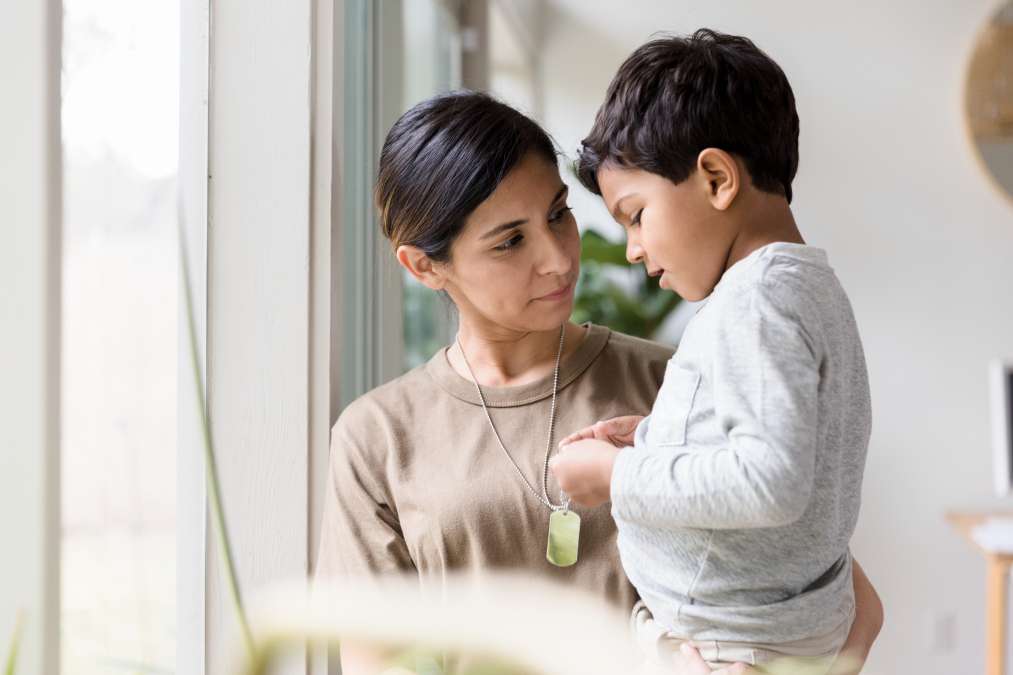
Teach your child to identify and express their emotions. Help them understand that it is okay to feel anxious and provide tools to manage those feelings.
c. Role-Modeling Resilience
Showing resilience in your own life demonstrates healthy coping strategies. Share your experiences and discuss how you manage stress.
6. Seeking Professional Support
a. Recognizing When to Seek Help
If your child’s anxiety significantly impacts their daily life, seek guidance from a mental health professional.
b. Consulting a Pediatrician or Therapist

A paediatrician or therapist can provide an accurate diagnosis and suggest suitable therapies, including cognitive-behavioural therapy. This is an approach that helps individuals change negative thought patterns and behaviours to improve their mental health.
c. Parental Self-Care
Supporting an anxious child can be demanding. Prioritise self-care to ensure you have the emotional and mental resources to assist them effectively.
7. Fostering Resilience and Growth
a. Celebrating Small Achievements
Acknowledge and celebrate your child’s progress in managing anxiety. These victories build their confidence and resilience.
b. Encouraging Exploration
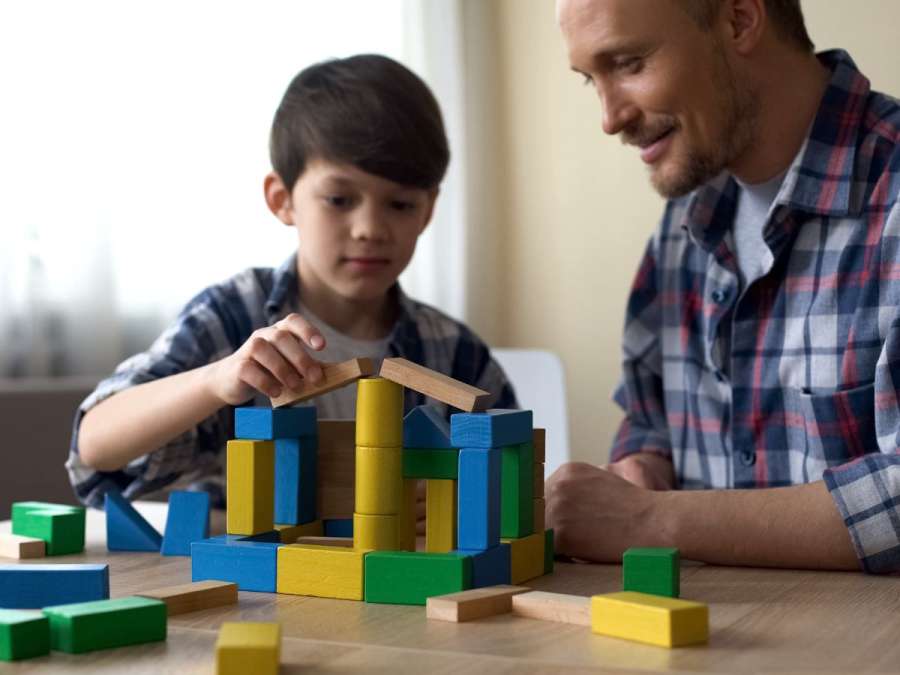
Promote a growth mindset by encouraging your child to explore new activities, hobbies, and challenges.
c. Cultivating a Supportive Network
Connect with other parents and caregivers going through similar experiences. Sharing insights and support can be extremely helpful.
Addressing childhood anxiety requires patience, understanding, and an inclusive approach. You can help your child handle their worries and learn important life skills by creating a caring space, using helpful methods, and asking for advice. Remember that each child’s journey is unique, and with your support, they can overcome challenges and embrace a future filled with emotional well-being and growth.
